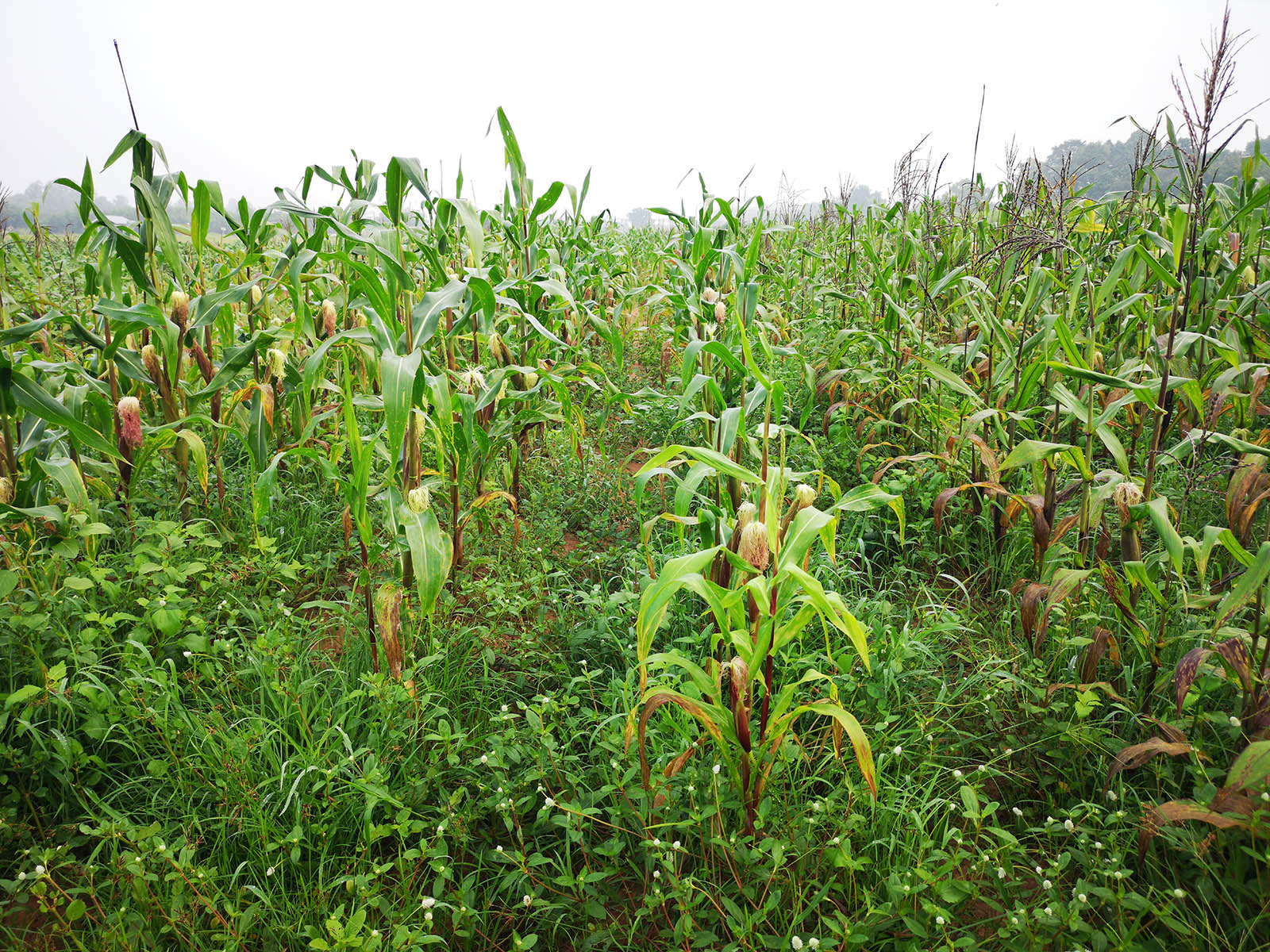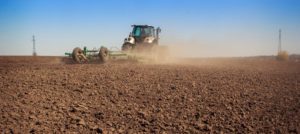WEED MANAGEMENT
Weed management is a method of pest management that focuses on suppressing or minimizing the growth of undesirable plants, particularly invasive or harmful weeds. The primary objective is to alleviate their impact on desired plant species, as well as the associated flora and fauna.
Weed is any plant that is considered unwanted or undesirable in a particular context.
Weeds compete with the crop of interest for water/moisture, nutrients, sunlight and space, and may also harbour pests and diseases which attack and weaken the growing crops leading to production of low yields.
Weeds are divided in two categories:
Annual Weeds: are plant species that undergo the complete life cycle—from germination to growth, flowering, seed production, and subsequent death—within a single year. Common annual weeds include: amaranthus, wild oat Sow thistles (Sonchus species), Chickweed (Stellaria media), Cleavers, goosegrass (Galium aparine) and Common purslane (Portulaca oleracea) etc.
Perennial Weeds: are plant species with an extended lifespan, capable of enduring through multiple years. These plants have the ability to either withstand winter conditions or re-emerge from their underground structures, such as roots, rhizomes, or tubers, after a period of dormancy during winter. They include: couch grass, nut sedges etc.
# Usually, annual weeds are easier to manage compared to perennial weeds.
Economic importance of weeds
- Increase cost of agricultural production e.g., by increasing the cost of weeding.
- Reduce the value/ quality of produce, e.g. some weeds, when eaten by livestock, they produce milk with an undesirable smell.
- Reduce crop yield due to competition.
- Some are poisonous and can cause death or disorders, e.g. Datura stramonium
- Harbour insect pests and pathogens.
- Reduce the value of the land.
- Some have allelopathic effects.
Weeds are dispersed naturally (by wind, water, forceful dehiscence and animals) and through artificial means (man’s activities).
Weed survival characteristics
- Have strong competitive abilities compared to the crops.
- Some have crop mimicry.
- High seed output.
- Vigorous growth habit.
- Most of them have self-compatibility, i.e., do not require related crops to reproduce.
- Adapted to short and long distance dispersal.
- Most of them do not require specific environmental adaptations.
- Some have seed dormancy.
Management
This is the process of minimizing or keeping the weeds population and their growth below the level of economic injury to the crops with minimum environmental pollution. The commonly used methods include prevention, cultural, mechanical, biological practices and chemical control.
Prevention method; this involves monitoring inputs to the farm in order to avoid introducing materials which may be contaminated with weed seeds, e.g. manure, equipment, crop seed etc.
Cultural practices; these are crop management tactics which help the crop to be more competitive against the weeds. They include crop rotation and intercropping, proper row spacing, proper crop variety selection, use of cover crops, mulching, among others.
Mechanical method; it involves the use of tools and equipment like Jembes, slashers, hoes, etc., to disrupt the growth and survival of weeds. Such practices include burning, tillage/cultivation, hand-pulling (rogueing), slashing, among others.
Biological method; involve using living organisms or their products to manage and suppress weed populations. These methods can include the use of natural enemies, such as insects or pathogens, that specifically target and feed on the weed species, as well as the use of allelopathic plants or beneficial soil microbes to inhibit weed growth.
Chemical control; involve the use of herbicides, which are chemical substances specifically designed to kill or inhibit the growth of weeds. Herbicides work by targeting specific biochemical processes in plants, disrupting their growth, metabolism, or photosynthesis. They are typically applied directly to the foliage or soil, depending on the type of herbicide and the target weed species.
USE CATAPULT 480 SL at 250ml in 20L of water, non- Selective post emergence herbicides, to control Annual and perennial grasses and broad leaved weeds. Use during Land preparation to clear all weeds.
WEMBE 300 SL at 300ml in 20L of water, non- Selective post emergence herbicides for control Annual and perennial grasses and broad leaved weeds. Use during Land preparation to clear all weeds especially those tougher weeds such as purslane, oxalis etc.
USE KEEPWATCH 450 CS at 300ml in 20L of water, selective pre-emergence herbicide, on Maize, Wheat, Rice, Barley and Sugarcane applied after sowing/planting but before it emerges. To control Annual grasses and broad leaved weeds.
USE HURRICANE 20% SL at 150 ml in 20L of water, Non Selective post emergence herbicide, on Maize, Sweet corn, Baby corn and Sugarcane to control Annual grasses and broad leaved weeds. Should be applied between rows when crops are above waist high.
USE GOVERNOR 580 SE at 250 ml in 20L of water, selective Pre & Early post emergence herbicide, on Maize, Sweet corn, Baby corn and Sugarcane to control Annual grasses and broad leaved weeds. Soil should be well moistened.
USE COMMANDER 240 EC at 50 ml in 20L of water, (Onion family-Selective early post emergence or Post transplant herbicide, 2-4 days after transplanting and Brassica family-Selective Pre emergence or Pre transplant herbicide, 2 days on well prepared bed before transplanting) on Onions, Garlic, Cabbages and Broccoli to control Annual grasses and broad leaved weeds.
USE MONOLITH 220 SE at 75ml in 20L of water, a Selective Early Post Emergence herbicide, on Maize, Sweet corn and Baby corn to control Annual grasses and broad leaved weeds. Should be applied when weeds are actively growing.
AGROMINE 860 SL at 150ml in 20L of water, Selective post emergence herbicide, on Maize, Sweet corn, Baby corn, Barley, Rice, Wheat and Lawns to control Annual grasses.
NOTE: Always ensure to thoroughly review and adhere to the instructions provided on the label of herbicides to accurately determine and apply the appropriate rate. Following the label guidelines diligently is crucial for achieving exceptional results and ensuring the safe and effective use of herbicides.
Tips!
- Weeds can be managed by adopting any suitable method of weed control and if necessary by combining two or more methods.
- It is important to manage weeds while they are still young, i.e., before production of seeds.
- Proper herbicide selection is very crucial.
- Always check the label of herbicides in order to determine the proper rate to apply.
- Mix the herbicide with Integra®, an adjuvant which increases the chemical’s effectiveness.
- Spray equipment should be rinsed immediately after use.






